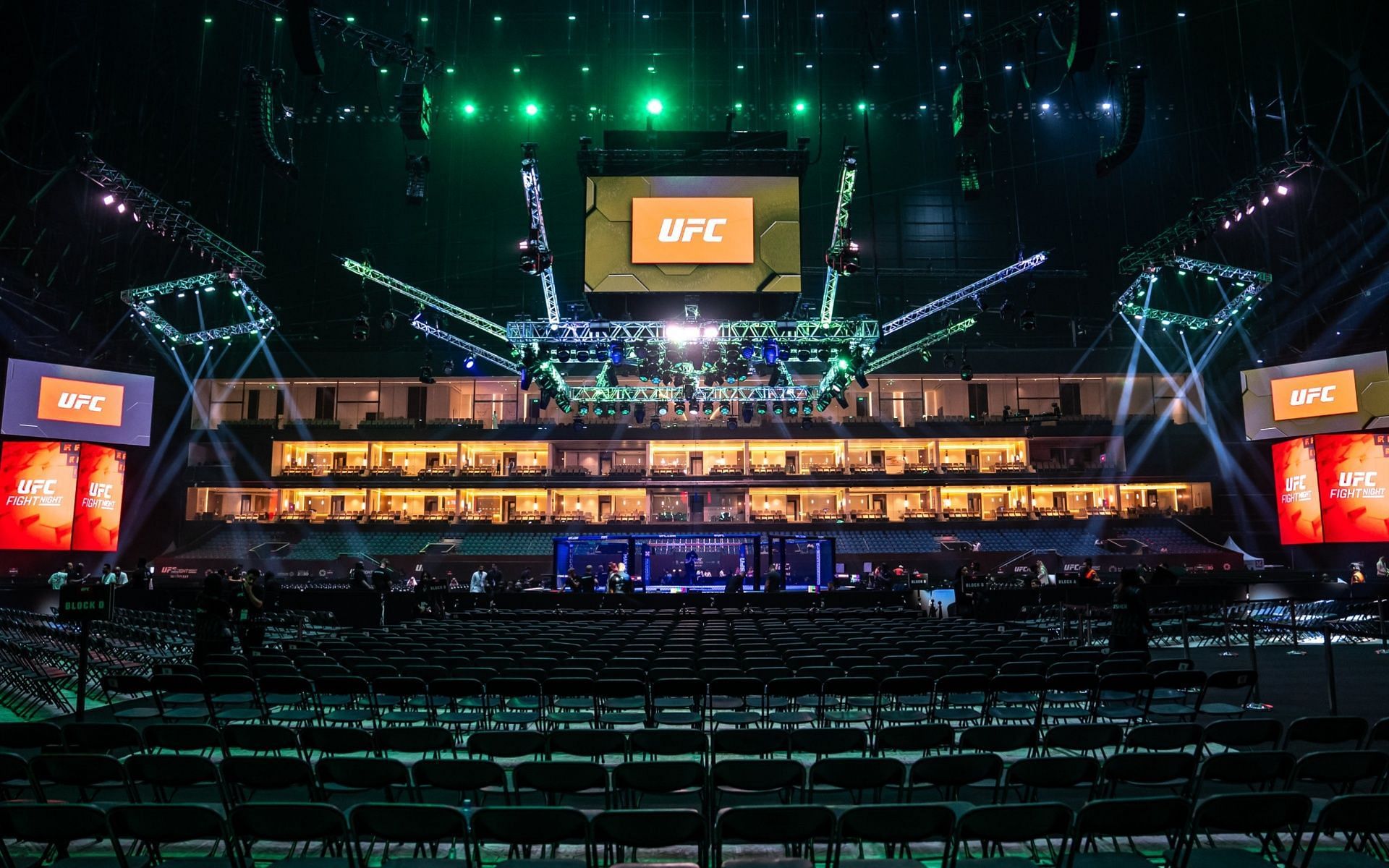
5 tips for beginners in MMA
MMA is one of the world's most difficult sports. Even highly talented fighters with impressive amateur accolades and rich martial arts backgrounds struggle to work their way to the top of the professional realm. However, not everybody who takes up MMA dreams of professional success.
To be a champion in the UFC, Bellator, ONE Championship, and even the PFL, is not the goal of every person who walks into a gym. Some merely want to train and sharpen their skills as fighters, whether these people have no martial arts experience or some.
So, what do beginners, newcomers to MMA, regardless of their prior martial arts experience, have to keep in mind? Here are various tips that ought to be considered by those who are still green to the cage, ring, and mat.
#5 The defensive striking fundamentals of MMA
No one is going to master every facet of MMA striking, but there are some that must be grasped strongly to ensure competent defense. Toughness can go a long way, but to be in a position like Brian Ortega at UFC 231, where he was taught how to block punches mid-fight by Max Holloway, is not enviable.
Check out some MMA striking basics:
First, beginners must keep their hands up, tucked close to their chin, with their elbows tucked in to block body shots as well. The rear hand, when not in use, must always stay close to the chin when jabbing. Furthermore, moving one's head off the center-line when throwing punches is paramount to avoiding counters.
Fighters quickly realize that the head is in the same place a punch came from if their opponents don't move their head off the center-line after a punch. Lastly, newcomers must never turn their faces away from punches, as that takes their eyes off of their opponent.
#4 Footwork dos and don'ts
In MMA, movement is incredibly important. Footwork, especially, is an oft-forgotten aspect, which has even caused former UFC champions like ex-light heavyweight kingpin Jamahal Hill from committing taboos like crossing his feet. This should never be done, as crossing one's feet puts one in a poor position to absorb strikes.
Check out Jamahal Hill's poor footwork:
The footing is weak, so fighters who cross their feet are susceptible to getting knocked down. Another facet of footwork is knowing when to move linearly and laterally. Forward movement is basic, as it helps to cover distance, but lateral movement is sometimes abandoned or never learned.
Moving laterally helps fighters cut off their opponent's angles of escape, as one steps across a circling opponent, staying in front of them. Defensively, lateral movement helps ward off pressure against single-minded opponents, allowing fighters to circle back into open space.
#3 The many layers of takedown defense in MMA
Striking isn't all there is in MMA. Wrestling and other forms of grappling are used to drag fights to the mat. Fighters ought to know how to defend themselves against takedowns. A few basics to keep in mind are immediately digging for underhooks to stuff traditional takedowns.
Check out an example of high-level takedown defense from Ikram Aliskerov:
Underhooks help control the opponent's posture, while exploding one's hips back helps create distance between them and a foe's hands. Thereafter, space needs to be created, so framing with the elbow and turning and stepping away can do so. This is key to anti-wrestling success.
Without creating space, the wrestler still has a hold on the opponent. When dealing with judo-based takedowns, fighters ought to keep their elbows tucked in close to their torso, while also keeping their hips below the judoka's.
#2 MMA fighters don't need to be masters at everything, just competent
The idea of MMA fighters being exceptional at striking, wrestling, and grappling is overstated and untrue. Not everyone is the great Demetrious Johnson. Most are specialists who are competent at everything else. Strong wrestlers with a grasp on striking fundamentals or masterful strikers with good defensive wrestling.
Internalizing this is important, especially for those with a history in some martial arts. One needs to only be competent at what one was initially unfamiliar with. Khabib Nurmagomedov didn't knock down Conor McGregor by being a better striker than him, it would not be possible for him to close that gap.
He knocked him down by being competent enough at striking to use basic fundamentals with the threat of his wrestling to create openings for his blows. Similarly, strikers use takedown defense to force wrestlers into poor positions from which they can land something of consequence.
#1 Forgetting bad habits from one's past
Beginners in MMA may very well be seasoned martial artists from whichever background they have. With those backgrounds come habits that serve no purpose. For example, many wrestlers and judokas have a tendency to respond to takedowns by landing on their stomachs instead of their backs.
Check out how quickly judokas roll onto their stomachs after being taken down:
However, in doing so, they expose their backs to being mounted, and their necks to being caught in chokes. This reaction stems from the fact that being pinned in wrestling denotes a loss, while judokas also lose when landing on their backs. MMA beginners must learn to take what is useful from their backgrounds.
At the same time, they must discard what will only get in the way or worse, put them in dangerous positions.